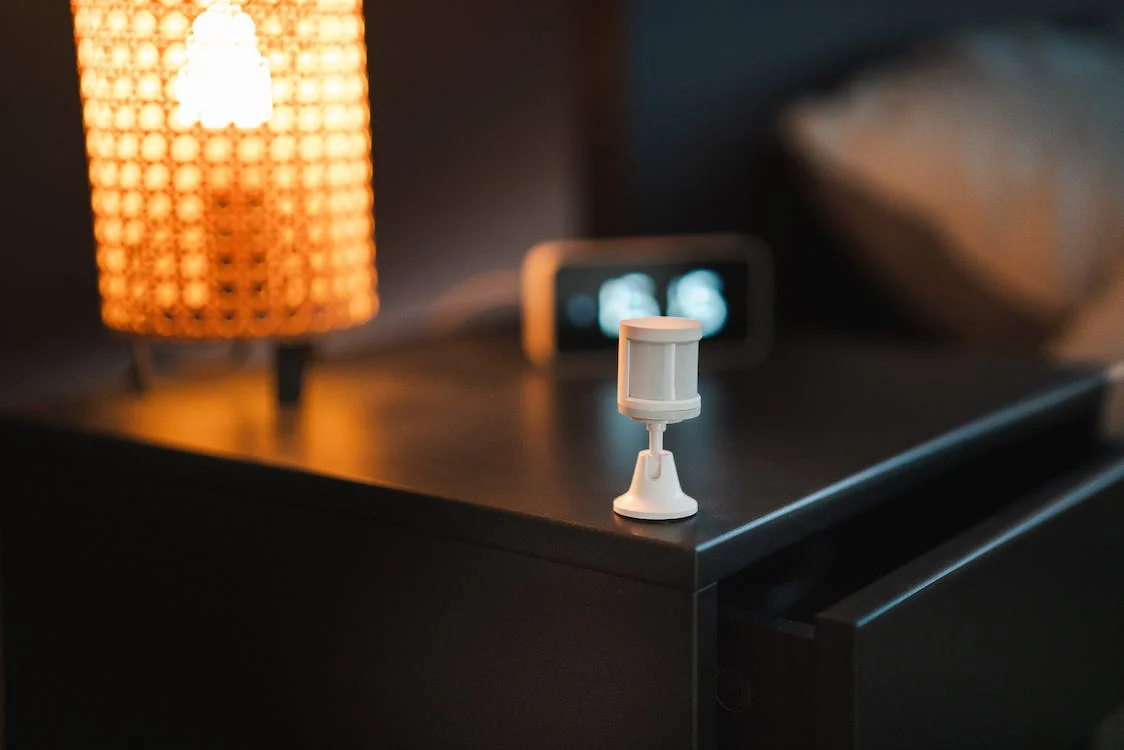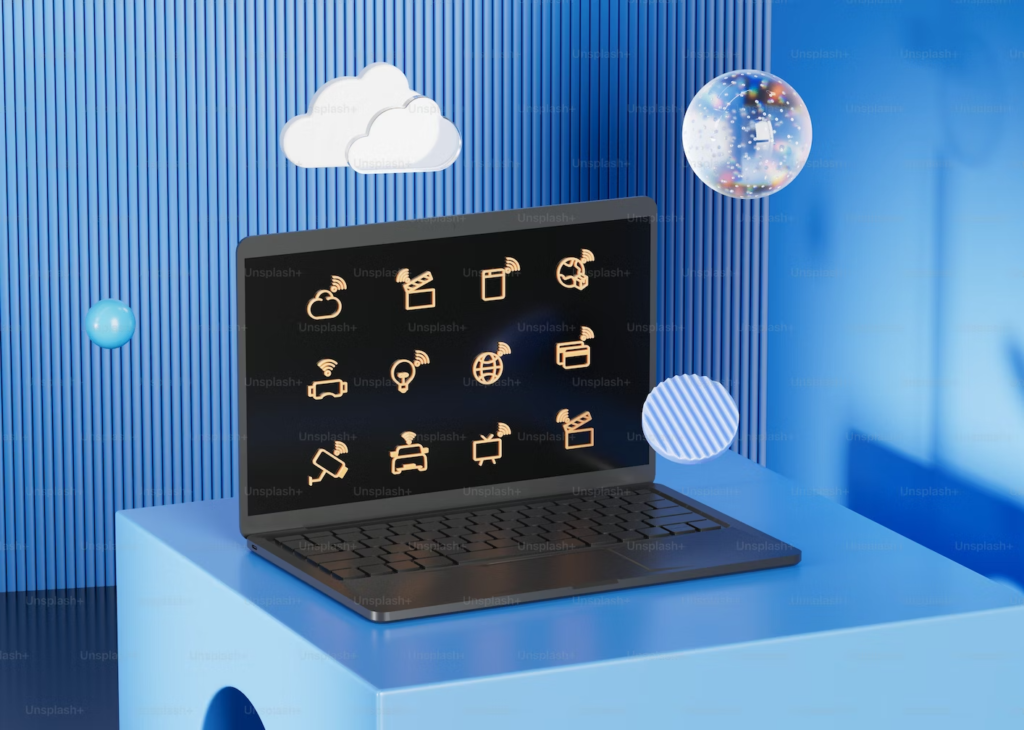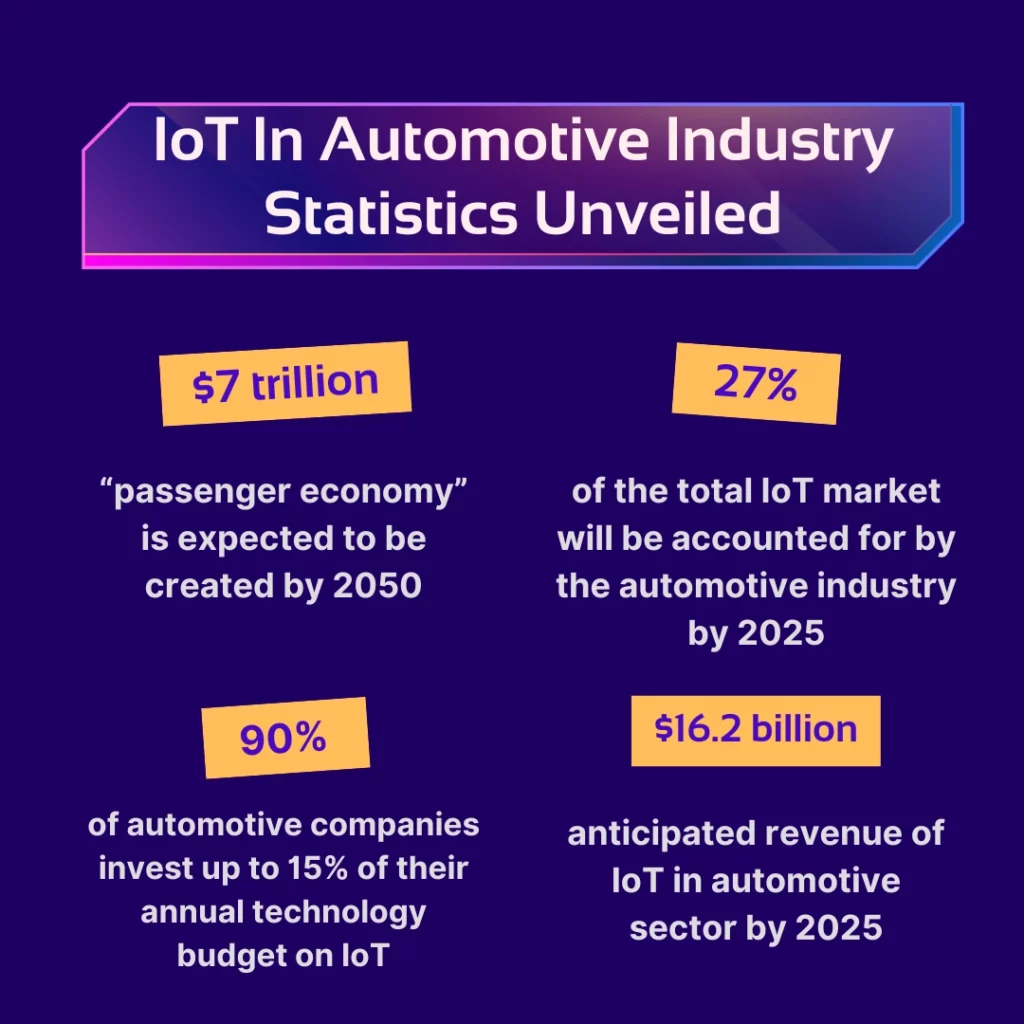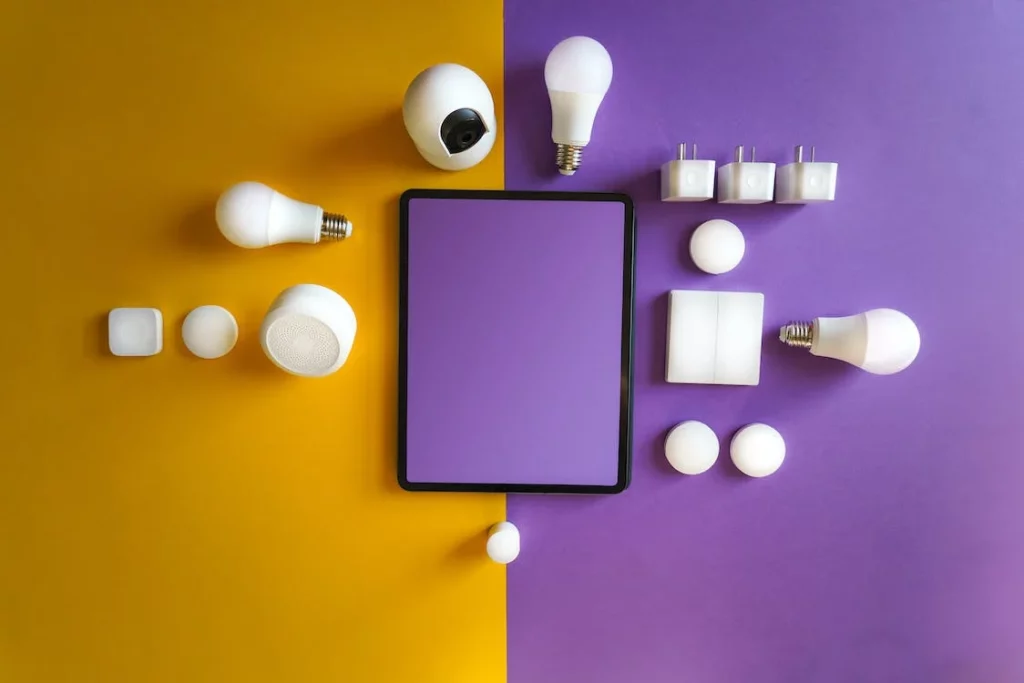Behind the curtains of IoT magic: IoT architecture explained


Automate processes and make entire industries safer and more efficient with IoT. PNN Soft offers to get to know IoT in more detail.
In today’s world, you gain a prompt response when saying the word to your smartphone and receive comprehensive analytical reports based on distant sensors. However, behind these processes we are accustomed to, there is an almost invisible architecture comprising numerous elements and possible interactions. In this post, we will shed some light on different layers of the Internet of Things architecture to familiarise you with the technology and potential areas of its application.

But before peeking behind the curtain to analyse the casual IoT magic, let us clarify the concept itself. When describing the Internet of Things technology, users think of smart home devices or wireless sensors. However, IoT presupposes more opportunities for processing large data sets and data communication across various networks. So, by the Internet of Things, we first mean different devices’ interaction (from an innovative kitchen fridge to equipment in manufacturing facilities).
No one-size-fits-all approach can be applied to IoT projects. Yet, we can highlight several essential building blocks for the architecture, regardless of your IoT system complexity. We advise you to construct solutions with scalability and flexibility in mind. At PNN Soft, we offer our clients flexible data schemas necessary for storing constantly growing data.

In most IoT applications, you can find a three-layer architecture comprising Perception (devices), Network and Application.
In addition to the layers mentioned above of IoT architecture, you will usually come across additional ones:
When speaking of the four-stage IoT approach, we, first of all, accentuate edge computing:
One example is the utilisation of IoT capabilities by commercial airlines. The perception layer would comprise all plane sensors to monitor current flight data and aircraft state. One group of sensors are designed to control airspeed, vertical speed, and altitude, whereas the second group ensures the plane’s integrity and monitors various vibrations occurring in the engines.

As a next step of the IoT system, the data is sent to the central plane’s unit and pre-processed. In case of an engine failure, actuators would trigger promptly. When the Internet coverage zone is reached, the system sends data to the cloud, transferring it to the Application layer. At this step, dashboards are essential to verify anomalies, derive business insights, and define issues for further maintenance. Consequently, IoT structure allows for task automation and more coherent decision-making.
As IoT often implies cloud computing, the question of security is a top priority of the PNN Soft team. It is too broad to explain fully in a couple of paragraphs; however, we will briefly review the main features of safe architecture here.
Our experienced developers provide clients with IoT solutions development from scratch and project scaling. In line with increasing data quantity, we implement database sharding and archiving to enhance the localisation and performance of your data and servers.
PNN Soft company also offers cluster configuring, so your company can place nodes in different locations to obtain maximum uptime. We aim to create systems that are growing in parallel to your business. If you need to start transformative digitalisation for your business or improve the current building blocks of IoT, discuss your goals with us via the form below.